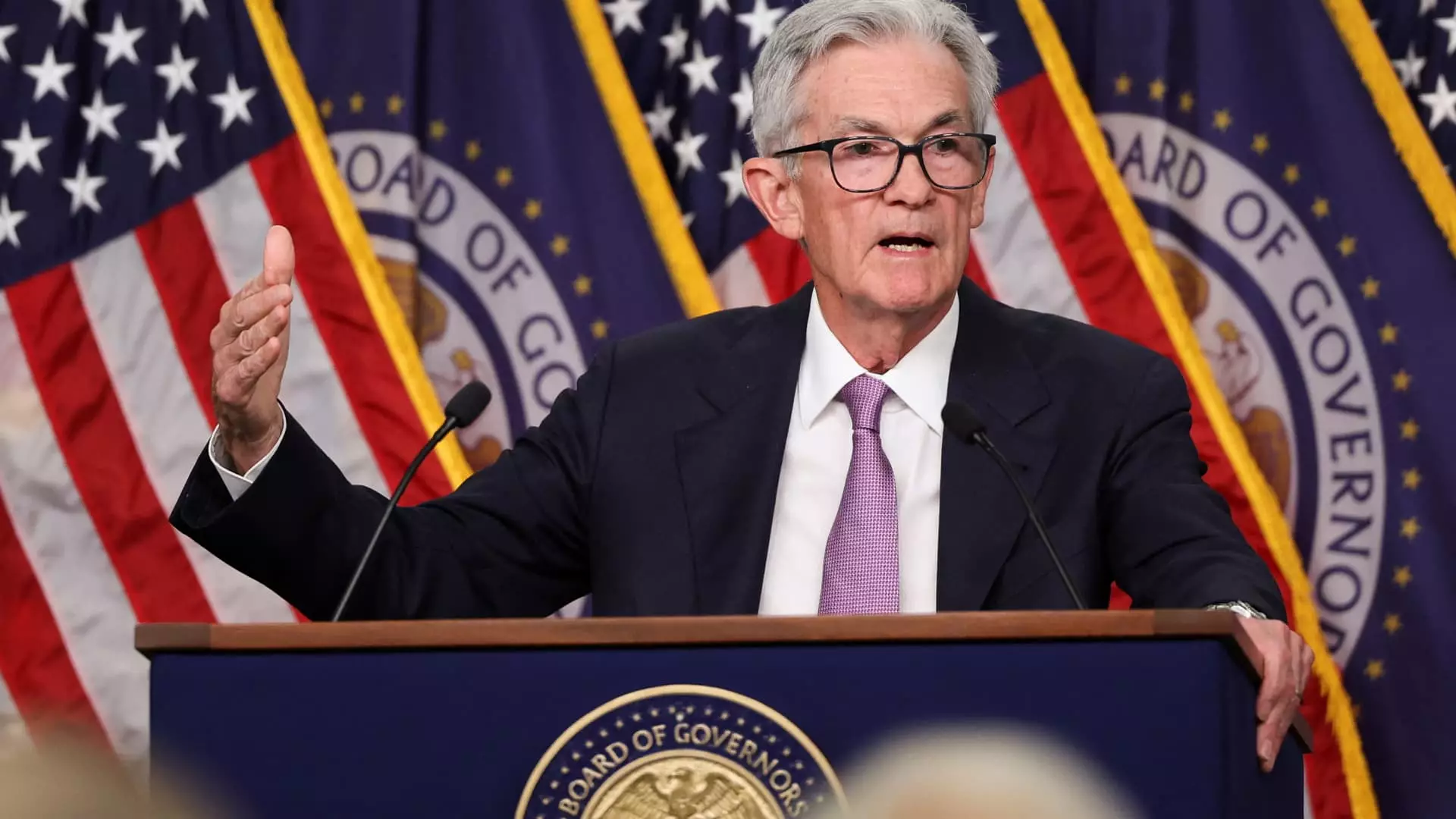As interest rates decline, the effects on banks can be profound, particularly when these cuts do not coincide with looming recession fears. The reduction in rates can significantly influence customer behavior, returning liquidity to traditional banking structures, which have faced challenges over the past few years due to the allure of higher-yield investments. Understanding how these dynamics unfold is essential for grasping the broader implications for financial institutions and the economy at large.
The Effects of Interest Rate Cuts
Recent decisions by the Federal Reserve to cut its benchmark interest rate have sparked discussions about potential outcomes for the banking sector. The most recent reduction of half a percentage point announced by the Fed marks a deliberate shift in their economic strategy. The central bank’s projections suggest that further reductions may follow, with possible cuts totaling around two percentage points. Such decreases are anticipated to provide a favorable environment for banks, as they could help stem the passive outflow of deposits, which has significantly shifted toward more lucrative products like certificates of deposit (CDs) and money market accounts.
However, the optimism surrounding these rate cuts must be tempered by a cautious acknowledgment of inflation’s persistent challenges. While lower interest rates aim to stimulate growth and lending, inflationary pressures might restrict the extent of these cuts, thereby impacting banks’ earnings trajectories. The sensitive nature of net interest income (NII), representing the difference between interest earnings on assets and the costs of liabilities, underscores this complexity. Analysts are diligently monitoring economic indicators to gauge how these fluctuations may alter the landscape of banking profitability.
As major banks like JPMorgan Chase prepare to announce their earnings results, analysts are eager for insights into NII forecasts for the upcoming quarter and beyond. JPMorgan is anticipated to report earnings of approximately $4.01 per share, reflecting a decline from last year’s figures. While the overarching narrative implies that banks may ultimately benefit from the Fed’s easing cycle, the timing and intensity of potential gains remain uncertain.
The effectiveness of banks in capitalizing on rate cuts largely hinges on the relationship between their assets’ repricing dynamics compared to their deposit liabilities. Optimal conditions would see funding costs decrease progressively faster than the interest yields on income-generating assets. However, for some institutions, the repricing of their asset base might occur more swiftly than the adjustments in deposit rates, leading to squeezed margins in the initial phases of declining rates.
Reports indicate that large banks may experience an average drop of 4% in NII for the third quarter due to moderate loan growth combined with slow deposit repricing. This stagnation could mark a stark contrast to the expectations set by previous guidance, potentially resulting in a shocking realization for investors. Institutional leaders like JPMorgan’s president have already signaled the possibility of lowered expectations, illuminating the precarious landscape banks face as they balance asset sensitivity in an evolving interest rate environment.
In addition to these issues, large banks can expect some benefits from falling interest rates in their investment banking arms, as economic conditions typically generate increased deal activity during periods of lower borrowing costs. Analysts at Morgan Stanley have recommended investment in firms such as Goldman Sachs and Citigroup, anticipating a surge in trading performance.
Regional banks are emerging as key beneficiaries in this context, particularly as their previous struggles stemmed from elevated funding costs when rates rose. As the monetary landscape shifts, these banks may find themselves favorably positioned to reap the rewards of falling interest rates. Morgan Stanley’s recent upgrades on US Bancorp and Zions Bank reflect this sentiment.
Conversely, larger institutions such as Bank of America and Wells Fargo are reassessing their NII expectations downward, indicating a broader industry caution period. Analysts predict that, combined with the risk of increased loan losses, the financial outlook for 2025 may not be as robust as originally contemplated. This climate of uncertainty highlights the critical nature of accurate forecasting and strategic planning within banks, as they navigate these multifaceted challenges.
As the landscape evolves with falling interest rates, banks stand at a crossroads filled with both opportunities and formidable challenges. The risk of inflation, coupled with varying responses to interest rate adjustments, compels financial institutions to thoughtfully evaluate their strategies going forward. With the interplay of deposit behavior and lending practices undergoing significant shifts, only those banks that adapt effectively will thrive in this complex environment. The coming months will be crucial for understanding how these dynamics continue to unfold and shape the future of banking.

